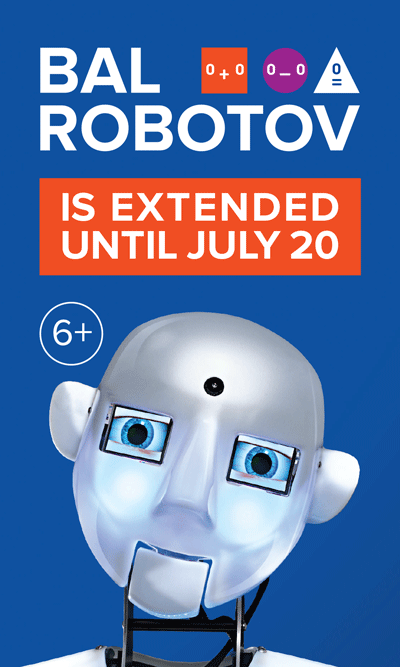MAY 08 15:05

Magician's assistants may soon be out of work. Robots are not only ready to take their place, but they're doing it live and on a TED stage. After months of development, training and practice, self-styled "techno illusionist" Marco Tempest took a Baxter robot, renamed him EDI (pronounced "Eddie") and put him on stage doing magic tricks at the recent TED2014 conference in Vancouver. The illusionist showed a performance, not "creepy" repetitive tasks. Over a period of eight months, Tempest reprogrammed Baxter to work with him, adding 3D-printed hands that would help its performance, a jaunty hat and a new digital face to make the robot look "goofier." Notice that Tempest interacts directly with EDI, and despite the robot's impressive arm span and occasionally rapid movements, they never collide. There is 70% robotics education and 30% magic performance. Once we're all up to speed on the power and promise of robotics, perhaps we'll see even more magic out of EDI and Tempest.
MAY 07 12:00
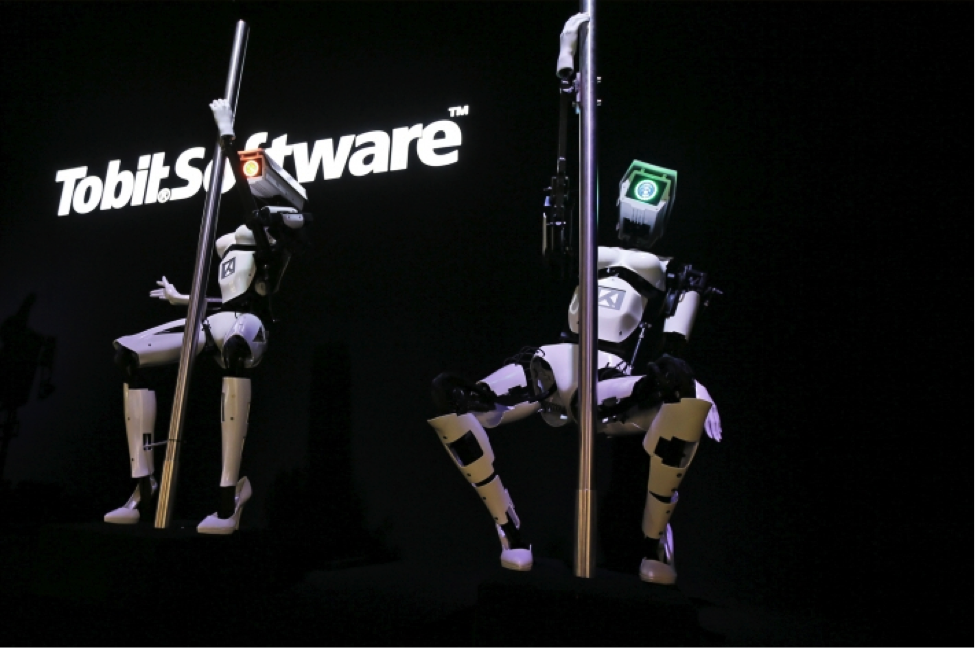
Club dancers-robots were presented in Germany. The project has existed for several years, and this year it acquired blinking lights on its head. It also acquiredsome changes to the torso and software that allows it to change the illumination respectively movements. Original dancing androids were designed by the British artist Giles Walker. Their rental cost is about $ 40,000. Perhaps due to the upgrade models, we will now see them more often on a variety of robotic activities.
MAY 06 14:50

Europe's ageing population leaves an increasing number of people in the same situation -- with a desire to remain in their homes, despite being unable to live alone any longer. One solution to overcome this discordance between people's personal wishes and their indisputable need for care is a robotics system partly funded by the EU and developed through an joint initiative by Swedish and Italian researchers entitled GiraffPlus. A non-autonomous telepresence robot — a "Skype on wheels" is the focal point of the the system that helps elderly people around their homes, as well as keeping them connected to their relatives, friends and to healthcare professionals. The person's health and activities are monitored by a series of sensors and pressure pads placed around the home, as well as wearable tech, the results of which are then fed back to a central system. The system itself and the technology should be generic enough that it works, depending on what your needs are. The sensors that are installed can measure everything from a person's blood pressure to detecting falls, meaning that specific events or unusual results can trigger an alert to family members or other caregivers. Giraff isn't designed to be designed to be a replacement to human care, but instead it complements it and allows elderly people to prolong the length of time they are able to live independently. One recipient of the system is a 94-year-old grandmother from Italy, who calls her household robot "Mr Robin", frequently writes about it on her blog and credits for her feeling "more relaxed about the years ahead".
MAY 05 09:25
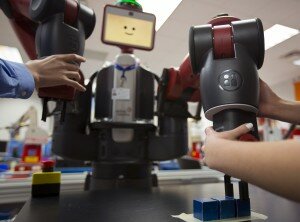
City high schoolers studying advanced technology have their own robot. Baxter stands 6 feet tall and has movable limbs. Virginia Beach is the first K-12 school division in the country to purchase such a robot, said Patrick Konopnicki, director of technical and career education for the schools. He found money in his budget after reading about the robot in a magazine. The city’s Department of Economic Development supported the decision because of a push to build science and technology skills. The division bought the $31,000 robot to teach students how to program machines similar to those found on an assembly line. In March, the robot arrived in a lab at the Advanced Technology Center, a building used by the city’s public schools on the Tidewater Community College campus. Engineering technology students have started learning code to program it. Students are learning the robot’s basic operations, which include cameras and other sensors. Its capabilities range from building a cellphone to clearing a table. Baxter lives at the Advanced Technology Center, but he is for everyone in the division to enjoy.
MAY 4 12:50
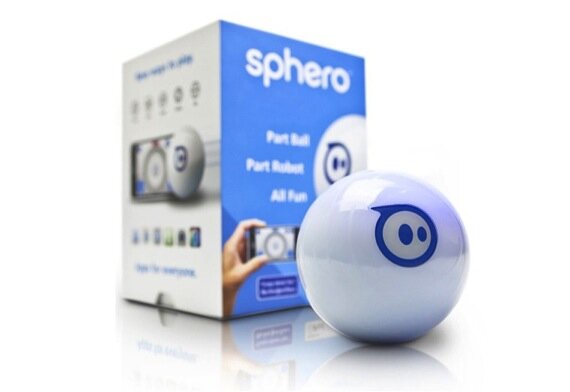
Investment company Grishin Robotics, controlled by Mail.Ru Group’s CEO Dmitry Grishin, has acquired a minority stake in the company Orbotix. This company produces toy robots controlled with mobile devices and using augmented reality technology. Stake is unknown. Orbotix plans to spend borrowed funds on the development of new products and accessories, as well as the launch of additional gaming applications for robots. The first product of Orbotix is a waterproof robot ball called Sphero, managed from any smartphone or tablet. 30 gaming applications were developed for that robot.
MAY 3 10:10
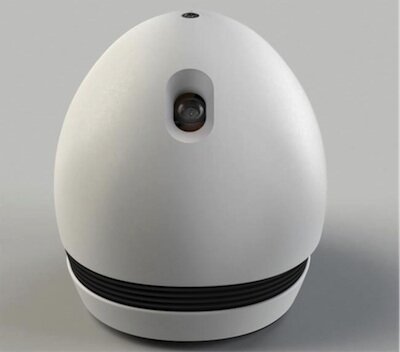
The Keecker company created a robot Wibot, which can autonomously move around the house. The robot has a variety of numerous multimedia features that its owner can easily use at any time. The robot is similar to the shape of an egg. Wibot equipped with video projection system, speakers, camera, web browser, support for gaming and video calls. It is also able to control the temperature, humidity, volume and level of illumination. Wibot is controlled by the application for Android, is equipped with a hard drive with 1 terabyte and a docking station for charging the device. The initial price for Wibot is within US $ 4,000 - $ 5,000.
MAY 2 14:30

A group of French students led by Pierre Emm decided to replace the extruder (print head) of Makerbot Replicator 3D-printer on a needle to draw tattoos. Students had to develop a special algorithm, so the robot was able to write on the human skin. The device can only do tattoos on the spot, which is placed in his cell. The robot can only draw simple shapes such as a circle, but it does so clearly and quickly, but, of course, the robot cannot replace the human imagination.
MAY 1 11:25

In 2011 Uli Kilian got into the Guinness World Record book after solving 100 Rubik's cubes during that year's London marathon. But this year, instead of running the race, he has made a Lego robot that plays free-to-play iPad games while he sleeps. Jurassic Park Builder is a freemium iPad game that requires you check in every few minutes to tap on dinosaurs in order to earn game currency, or repeatedly cough up real cash instead. "It's a really nice game with nice graphics, but I thought you could easily automate the tapping." says Kilian.
APRIL 30 13:40
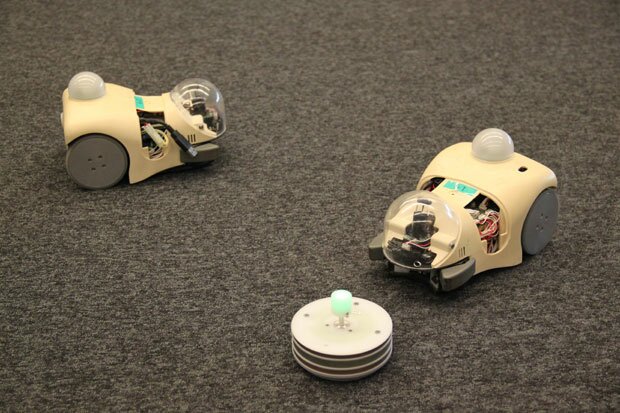
Studying the evolutionary process is a not an easy task, considering the fact that it lasts for millions of years. However, researchers from the Okinawa Institute of Science and Technology have found a way around the problem: robots. Two groups of robots were programmed to look for food (charging stations) and for a partner (with the infrared port). The first group was focused on foraging, while the second was focused on the mating. The experiment eventually yielded a "population" with two different phenotypes, which shows that robot simulations are a viable way to study long-term evolutionary concepts.
APRIL 29 14:05
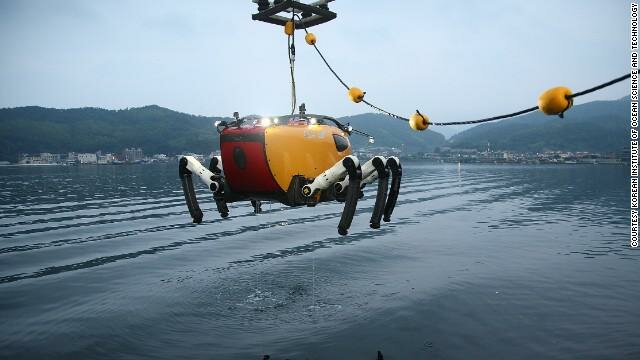
The Korean scientists have made a giant robotic crab for exploring the undersea world. The first expedition in the Yellow sea is planned for this May. Crabster CR200, as its creators from the Korean Institute of Ocean Science and Technology call it, uses its six "legs" to move along the seafloor. The robot is of considerable dimensions: it is about 2.4 meters long and 1.3 meters high, and weighs more than 500 kg! However the Crabster's speed is only 10 cm per second. Besides moving under the sea, Crabster can carry a load up to 650 kg. It is driven by 30 inner motors. The creators of the robot hope that he will become a great helper in exploring the ocean floor.
APRIL 28 12:00
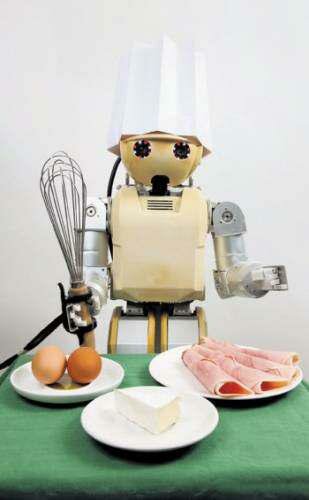
A new cafe opened in China, where only robots will cook for you. Now the owners don't have to pay the kitchen staff and cooks, as the robotic chef will cook any dish, you just need to provide the necessary ingredients. The guests of the cafe are in for another surprise, because they are going to be served by robotic waiters.
APRIL 27 15:00

The Emergency Control Department of Perm has purchased robotic fire-fighting units for reconnoitering and fire extinguishing in the emergency zones. The robot is controlled by an operator who can see a fire area through the unit's camera. After examining the fire zone, the robot uses water, foam or dry chemicals for extinguishing fire locally.
APRIL 26 19:45

British scientists have created a robot imitating a military person's body. The robot dressed up in an army outfit is going to help in studying the influence of some toxic substances on the human's body. The robot's body parts are equipped with the full range of sensors displaying all the checked parameters during the test operation. The inventors are sure that their creation will greatly help in developing new protection equipment for armed forces.
APRIL 25 16:10

A robot from Japan has shocked the US president. Barak Obama was amazed by the resemblance of the robot to a human being. After discussing different topics with the American leader, robot Asimo, created by Honda, showed its physical abilities by playing football with the president. The android looks like a ten-year-old boy dressed up in a space costume. It can dance and sing, as well as speak English fluently.
APRIL 24 14:05
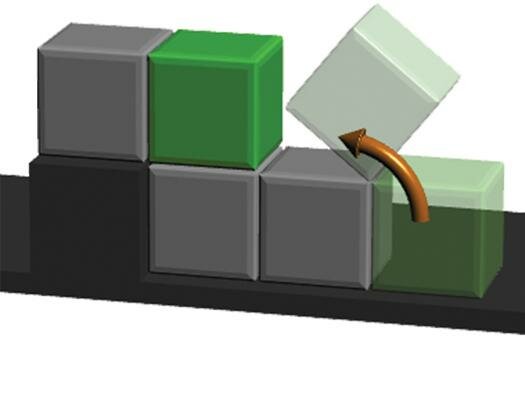
In the nearest future robots will be able to assemble themselves on their own! Mobile robotic cubic blocks can stack one another without any help. The inventors now work on the idea of programming this system of robotic cubes in order to assemble in a larger robot, which will be able to perform different tasks independently.
APRIL 23 12:30
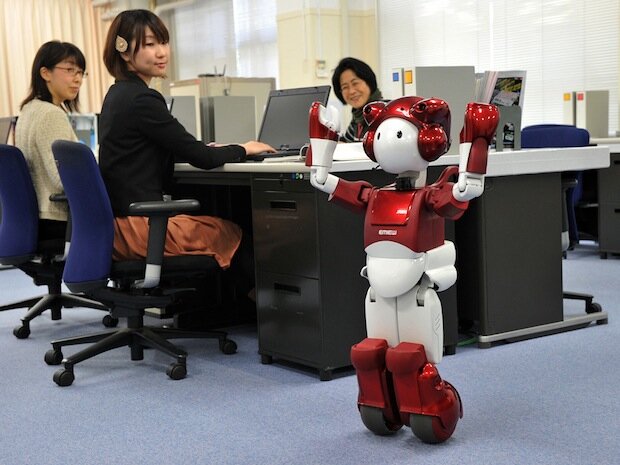
Hitachi robot may become an office worker of the future. Hitachi corporation has not yet announced the exact date of the new robot to hit the market. However a lot of companies are already interested in purchasing an "electronic colleague", as they are sure such robots will become indispensable helpers in any office. The renewed software of EMIEW 2 enables it to have a better sense of direction and avoid running into other objects.
APRIL 21 15:48

Catching a fly is almost impossible. Special photos show that the flight of these insects is similar to that of a helicopter. In order to understand how exactly flies move and to investigate how they respond to an approaching threats, Florian Midzhers and his colleagues from the University of Washington, Seattle used cameras that take 7500 pictures per second. After analyzing the results of this research they created a winged robot, programmed to imitate the flight of a fly. The robot’s movements completely imitate the movements of the wings of common fruit flies, i.e. Drosophila melanogaster, and, thus, make it possible to demonstrate how these insects move when flying.
APRIL 21 15:05
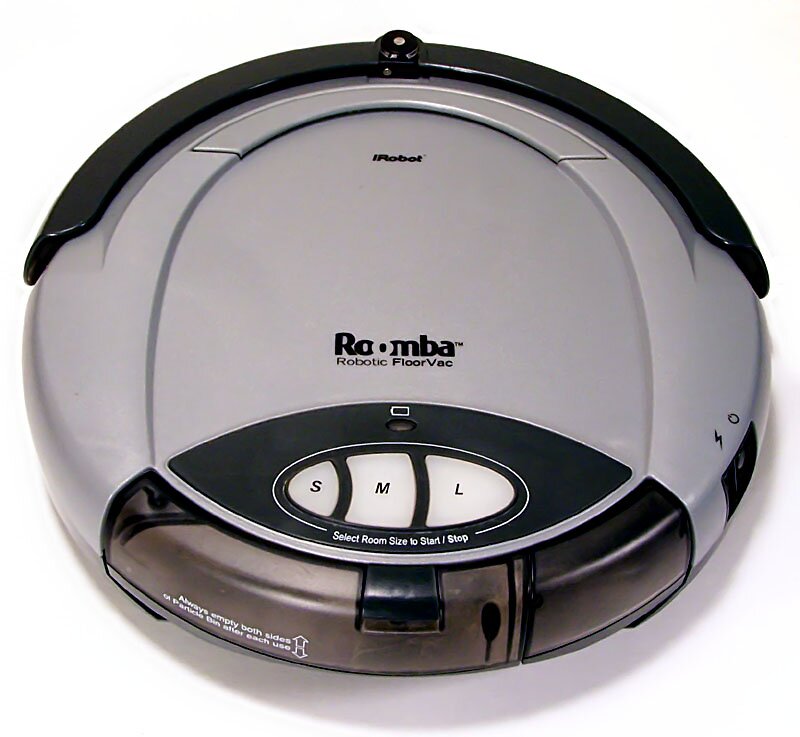
A new vacuum cleaning robot, the Roomba, will be able to understand such commands as "Leave this room", "Wash this chair" or "Find that book". The only problem is providing the robot with a lager information storage, as the use of hard disks can affect the gadget price and mobility. However, according to the creator of the robot, he intends to use the "cloud" services for storing data. This means that the gadget price is not going to change.
APRIL 21 13:35

"Z-machines" is a popular music band consisting entirely of robots. It includes Mech, a 78-fingered guitarist, Ashura, a 22-handed drummer, and Cosmo, who plays keyboard instruments using lasers. The only thing that prevents the band from signing a contract with a sound recording studio is the fact that these gifted robots cannot compose music on their own.
The band was created by a group of students from the University of Tokyo in 2013. They asked several musicians and composers to help them in writing a program which would enable the robots to play music.
APRIL 21 12:20
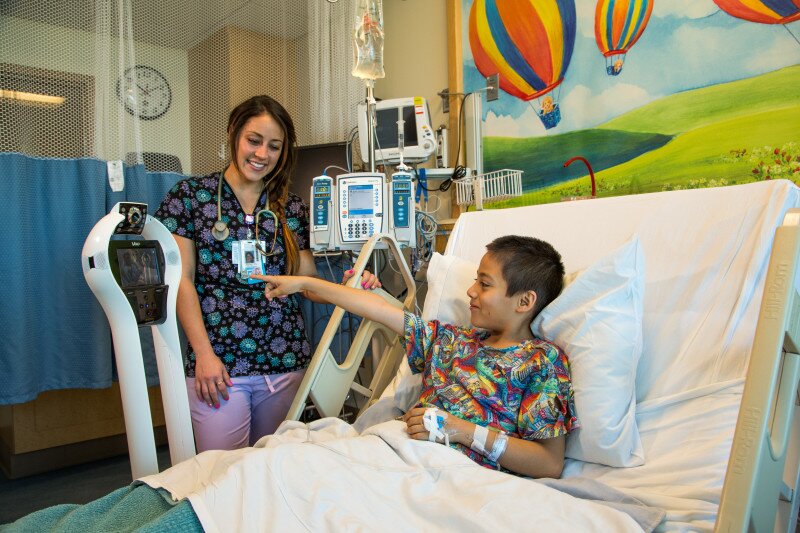
Telemedicine Robots were first tested in Rady Children's Clinic in San Diego, which has recently received funds for purchasing 16 more machines. "Previously, when I received an urgent message about the current state of a patient while I was out of clinic, the patient had to wait for me to come to the hospital or to figure out what is going on with the patient," tells doctor Gail Knight, the manager of the Neonatology Unit of the Clinic. "Now I can be driving or I can be anywhere and just contact the robot through my cell phone to see what is happening to my patients. I need only 30 seconds to do so".
APRIL 15 13:48
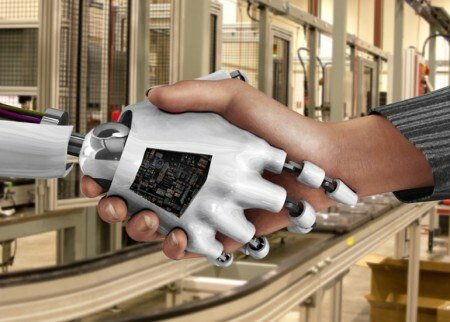
Don't be rude to the Robot! At Microsoft's Think Next in Tel Aviv the visitors were introduced to a robot which is able to respond to people's tone and gestures during conversation. It was designed and created by an Israeli company Media Innovation Lab. Kip1, the robot, reacts with vibration and shivering if it feels aggressiveness in people's speech. During a calm conversation the robot looks curious and bends toward a speaker.
APRIL 15 12:10
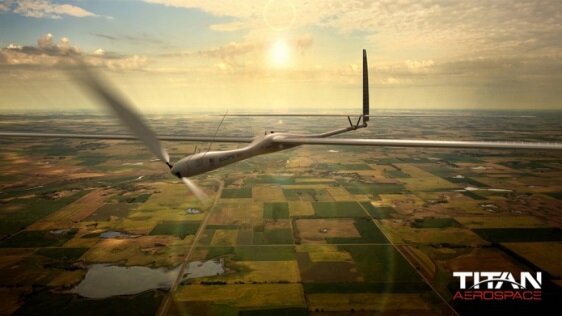
Google corporation has acquired Titan Aerospace, the maker of solar-powered drones. The flying robots will be used for obtaining high-quality images of our planet, which could help to improve Google Maps, and for detecting on a real-time basis any changes and natural disasters in the landscape, as the WSJ reports. However, the most probable primary goal of using drones is extending the wireless internet coverage, so that people might use Google services.
APRIL 14 15:00
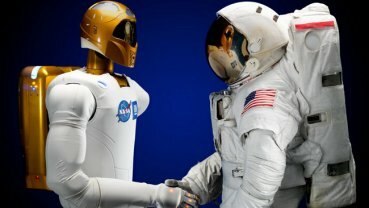
Dragon, the space cargo carrier, will deliver legs for a humanoid robot to the International Space Station. Despite of the failure of one of the backup computers, NASA has not changed its plan to launch Dragon cargo ship to the ISS with the legs for the humanoid robot on board. NASA press office reports that Robonaut 2, created by NASA and General Motors, is planned to be tested in zero-gravity conditions. After the robot's legs are mounted, his height will be 2.7 meters. In the future the giant Robonaut 2 is planned to land on the Moon. There is another huge robot at the International Space Station - Canadian Dextre working as a loader and a repairer.
APRIL 12 14:30

Today even kids can make a moving robot, as the inventors has designed TinkerBots, the building blocks using which anyone can create a robotic toy. The blocks are designed to develop a kid's creativity, not to limit it. A TinkerBots building set consists of various blocks and makes it possible to build a remote controlled robot by simply snapping together kinetic modules and LEGO blocks. One can use a tablet PC or a smartphone instead of a remote control by installing TinkerBots application.
APRIL 12 13:15

A game controller, which senses a player's emotions has been developed recently. An unusual gamepad, invented in the course of a research dedicated to the response of a human vegetative nervous system to the emotional state of a person, can monitor the emotions of a player and change the line of a videogame. The controller has been developed by the scientists from the Stanford University in cooperation with Texas Instruments. It is likely that in the nearest future the virtual environment of a videogame will be able to respond to players' emotions making games more realistic and involving.
APRIL 12 12:40
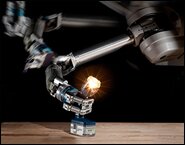
The scientists have created a new manipulator for robots that can make way for the wide use of "smart" machines, including long-expected domestic robots for household chores. The new manipulator consumes 20 times less energy than modern types of robotic arms with electric and hydraulic drives. In particular, iRobot has created a three-finger robotic hand that can lift and hold small items. This manipulator costs less than $3000. The developers reports that they use lighter and more efficient components for producing this "hand".
APRIL 10 10:00

Using robots in surgeries is not new in the world of medicine. However, Howie Chouset, professor at Carnegie Mellon University, has suggested a new technology. Snake robot is able to reach the most difficult to access places in human body without a single incision and perform necessary actions. Patients’ recovery period after such intervention is significantly reduced.
APRIL 9 21:00

American attorney and author of book “Robots are people, too” John Weaver suggests starting changes in the legislation systems so that human law would apply to robots, too. Current legislation implies that only humans are in a position to make decisions. However, some robots out there are already capable of making decisions, and an understanding of who will be held responsible is needed. John Weaver assumes that in these cases robots can be treated the same way as humans, for example in a situation when robots help make hiring and firing decisions.
APRIL 9 11:00

A team of roboticists from MIT is working on humanoid Atlas robot, able to climb stairs, open doors and even drive a car, to take part in DARPA Robotics Challenge at the end of 2014. Atlas robot was developed by Boston Dynamics company, recently bought by Google. This competition is a version of the Olympics in the world of robotics, where robots are challenged to perform certain actions assessed on the scale of mobility, controllability, legerity, and perceptivity.

 ARTPLAY DESIGN CENTRE
ARTPLAY DESIGN CENTRE




